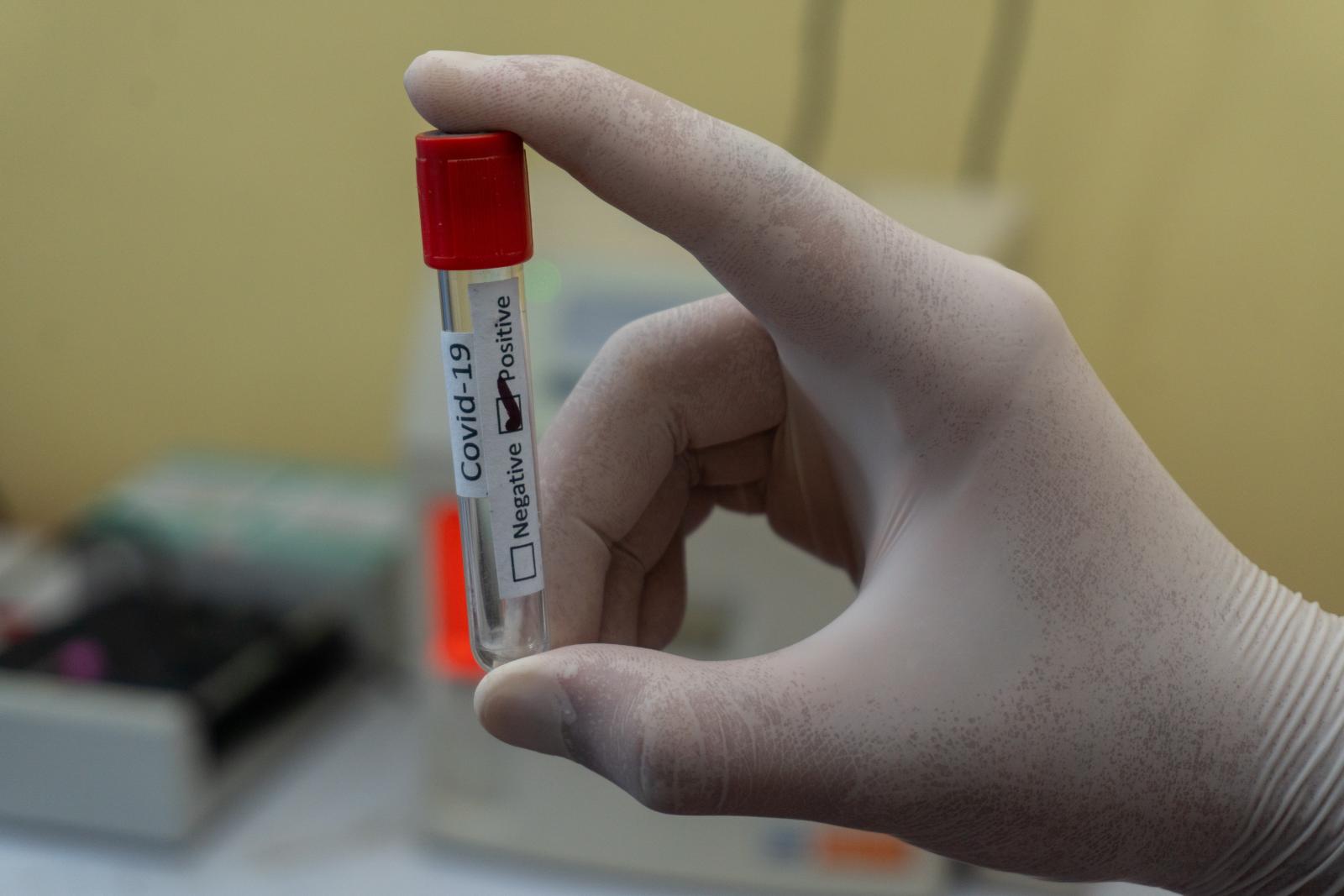After 3 years of data taking in the CNGS neutrino beam from CERN with the OPERA detector at LNGS, and several months of analysis and checks, a really unexpected result has come out last week: the time of flight of CNGS neutrinos detected by OPERA appears to be shorter by 20 parts per million as compared to that of light. The researchers, after a careful scrutiny of statistical and systematical errors have decided to publicize this astonishing anomaly with a series of seminars and with a paper recently appeared on the archives. The goal is to go along with a broader evaluation of the community with the hope of collecting ideas, proposals and eventually to trigger independent measurements for the understanding of the effect, and hopefully to lead to its confirmation.
The OPERA detector at LNGS was designed for the study of neutrino oscillations in appearance mode, but it is also well suited to provide a precision measurement of the neutrino velocity over the 730 km baseline of the CNGS neutrino beam sent from CERN to LNGS through the Earth’s crust. A time of flight measurement with small systematic uncertainties was made possible by a series of accurate metrology techniques to which contributed various specialized European institutes. The data analysis was based on a large sample of about 16000 neutrino interaction events detected by OPERA. The sensitivity of the measurement of (v-c)/c is about one order of magnitude better than previous accelerator neutrino experiments, notably the MINOS experiment in the NuMI beam from Fermilab. Just to give a feeling of the level of accuracy reached by the researchers, the baseline of nearly 730 km was determined with a global uncertainty of 20 cm, while the time of flight measurement is affected by a total error of ~10 ns.
The results indicate for CNGS muon neutrinos with an average energy of 17 GeV an early neutrino arrival time with respect to the one computed by assuming the speed of light in vacuum of (60.7 ± 6.9 (stat.) ± 7.4 (sys.)) ns. If we transform this measurement into a relative difference of the muon neutrino velocity with respect to the speed of light one obtains: (v-c)/c = (2.48 ± 0.28 (stat.) ± 0.30 (sys.)) ×10-5, with an overall significance of 6.0 σ. The dependence of this time anticipation on the neutrino energy was also investigated yielding a negative result, within the statistical errors.
Despite the large significance of the measurement, the confidence of the Collaboration on the data analysis, and the many check conducted to look for instrumental effects and systematic errors, there is a potentially great impact on physics that motivates and justifies great care and prudence. For this reason, on the one hand the OPERA researchers will continue their studies aimed the investigation of possible still unknown systematic effects that could explain the observed anomaly, and on the other hand, they will improve their measurement by increasing the statistics and by trying to have a better assessment of the present systematic errors.


